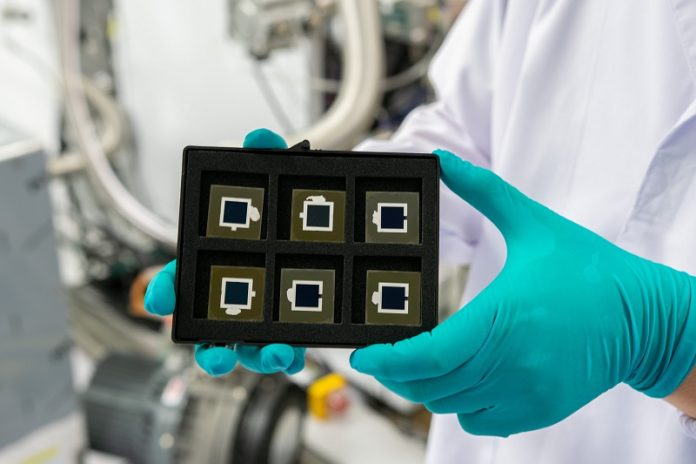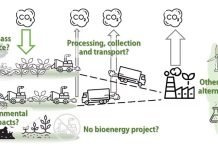
Scientists at the National University of Singapore (NUS) have made a significant breakthrough in solar energy technology by developing a new type of solar cell that sets a world record for efficiency.
This solar cell combines three layers, known as a triple-junction perovskite/Si tandem solar cell, and has achieved an impressive power conversion efficiency of 27.1% over an area of 1 square centimeter.
This makes it the top-performing solar cell of its kind to date.
Solar cells are devices that convert sunlight into electricity. To increase the amount of electricity they can produce, researchers have been working on creating solar cells with multiple layers, or junctions, that can capture more sunlight.
However, developing these multi-junction solar cells has been challenging because of issues like energy loss, leading to lower voltage and instability during operation.
To tackle these challenges, Assistant Professor Hou Yi and his team from NUS, including experts from the College of Design and Engineering (CDE) and the Solar Energy Research Institute of Singapore (SERIS), have introduced an innovative approach.
They have incorporated a compound called cyanate into a perovskite solar cell, a move that has never been done before. This new cell design not only improves the cell’s stability and energy efficiency but also surpasses the performance of other similar solar cells.
Perovskite solar cells are praised for their high efficiency and low production costs, but their instability and limited energy absorption range have been major drawbacks.
The NUS team’s breakthrough comes from their use of cyanate, a novel pseudohalide, as a substitute for bromide, which is commonly used in these cells.
The incorporation of cyanate has shown to stabilize the structure of the perovskite and enhance its performance by allowing it to operate at a higher voltage and with less energy loss.
The team’s experiments have demonstrated that the cyanate-integrated perovskite solar cells can achieve a higher voltage and maintain over 96% of their capacity even after 300 hours of continuous operation at maximum power under controlled conditions.
This level of stability and efficiency is a significant advancement for perovskite solar cell technology.
By stacking a perovskite solar cell on top of a silicon solar cell and then adding another layer of the cyanate-integrated perovskite solar cell, the researchers created the triple-junction perovskite/Si tandem solar cell.
Despite its complex structure, this triple-layered cell has remained stable and achieved the record-setting efficiency of 27.1%, as certified by an accredited independent photovoltaic calibration laboratory.
This groundbreaking research opens up new possibilities for solar energy technology, especially in applications where space for installing solar panels is limited. With the potential theoretical efficiency of these triple-junction cells exceeding 50%, the future of solar energy looks brighter than ever.
The NUS team is now focused on scaling up this technology to larger modules without losing efficiency or stability.
They are exploring further innovations in the composition and interfaces of perovskite, aiming to push the boundaries of solar cell technology even further.
The study was published in Nature.




